Speaker
Description
The Second Target Station (STS) Project [1] at Oak Ridge National Laboratory (ORNL) is currently working to complete preliminary design of components within the Target Monolith by the end of calendar year 2025. This includes the rotating water-cooled tungsten target, the two liquid hydrogen moderators, and many other components. After the completion of the Proton Power Upgrade (PPU) [2] of the Spallation Neutron Source (SNS), the proton accelerator will produce 1.3 GeV protons at a repetition rate of 60 Hz. A quarter of these pulses will deliver 700 kW of power to the STS target. A lot of work has focused on analyzing radiation heating and damage to the target monolith components. These analyses result in preliminary design estimates of cooling requirements for major components, like the target segments and surrounding shielding blocks, and component lifetimes, like the proton beam window.
The majority of instrument systems components will reside outside the target monolith. However, the monolith inserts, which hold the first section of neutron guide for each neutron beamline, is a notable exception. The monolith inserts extend from the outer surface of the target monolith to less than 1 m from the liquid hydrogen moderators. Therefore, the effects of radiation heating and damage also need to be quantified for the preliminary design of these components. The expectation of the authors before this analysis began is that the portion of the monolith inserts nearest the moderators will need to be actively cooled and that the radiation damage will not be the limiting factor of the monolith insert lifetimes. This presentation will include details of this analysis and conclusions for the preliminary design based on the results.
[1] ORNL, “Spallation Neutron Source Second Target Station Conceptual Design Report Volume 1: Overview, Technical and Experiment Systems,” S01010000-TR0001, R00, Oak Ridge National Laboratory (2020).
[2] ORNL Neutron Sciences Directorate, “Final Design Report Proton Power Upgrade Project,” ORNL/TM-2020/1570-R0, Oak Ridge National Laboratory (2020).
| Scientific Topic 6 | Radiation damage to materials |
|---|

